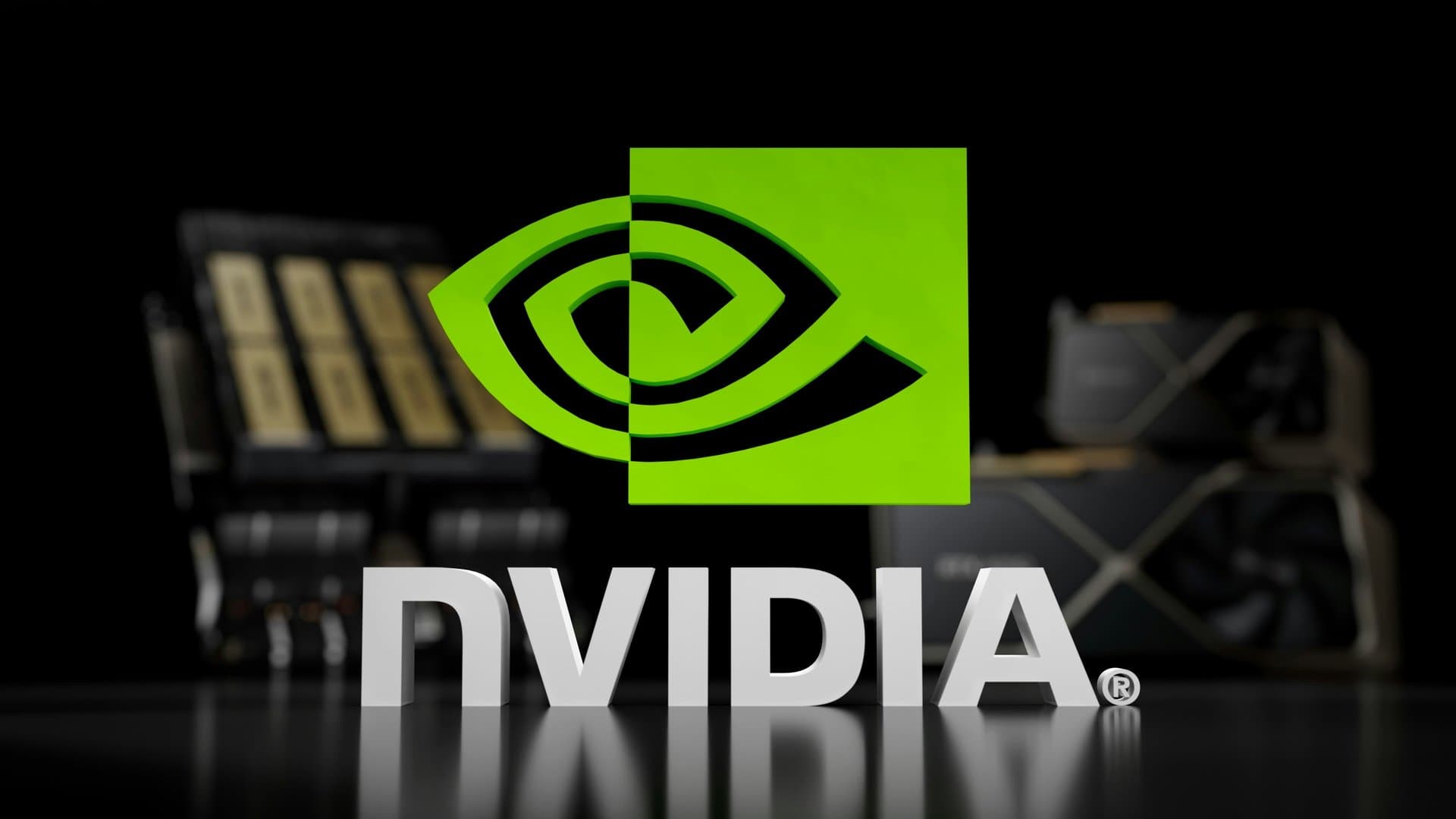Why the US Treasury Rejects a Stake in Nvidia: Key Insights
Explore why Treasury Secretary Scott Bessent confirms no US government stake in Nvidia, revealing the real strategies behind America’s semiconductor policy and tech trade leverage.

Key Takeaways
- No US government equity stake planned in Nvidia
- Trade tools like tariffs and export licenses preferred over ownership
- Nvidia’s financial independence removes need for government support
- US focuses on domestic semiconductor incentives and supply chain security
- Collaborative international pressure favored over unilateral government control

The idea of the US government owning a piece of Nvidia has sparked curiosity and speculation amid rising tensions in global tech competition. Treasury Secretary Scott Bessent has put those rumors to rest, confirming that a stake in Nvidia is not on the table. Instead, the administration is steering toward innovative trade tools like export controls and tariffs to maintain America’s semiconductor edge. This article unpacks the real story behind US tech policy, clarifies common misconceptions about government ownership, and reveals how strategic leverage is shaping the future of American chipmakers.
Clarifying Government Ownership
Rumors swirled about the US government taking a stake in Nvidia, a titan in AI and high-performance chips. Treasury Secretary Scott Bessent stepped in to clear the air: no equity stake is planned or under consideration. Nvidia doesn’t need financial support, he said, so government ownership isn’t on the table. This distinction matters because owning shares means direct influence and profit sharing, unlike trade controls that regulate without ownership. The US has taken stakes in other sectors, like Intel and U.S. Steel, but Nvidia remains off that list. This clarity helps investors and policymakers separate fact from fiction in a charged tech landscape.
Leveraging Trade Tools Instead
Instead of buying into Nvidia, the US government is experimenting with export licensing and tariffs to control tech flow, especially to China. Think of it as a sophisticated gatekeeper rather than a shareholder. These tools allow companies like Nvidia to sell in China under strict monitoring, possibly paying tariffs or license fees. This approach preserves market dynamics while protecting national security. Bessent emphasized that tariffs and multilateral pressure, especially with European allies, are more effective than direct ownership. It’s a chess game of influence without the risks of government meddling in private firms.
Protecting National Security
National security concerns drive much of the US semiconductor policy, but Bessent made it clear that these concerns don’t justify government ownership of Nvidia. The export controls limit sales of Nvidia’s most advanced chips to China, aiming to prevent sensitive AI tech from reaching strategic competitors. Yet, the US avoids ‘pricing’ security through equity stakes or profit-sharing. This balance ensures America’s tech leadership and supply chain resilience without compromising market innovation. It’s a tightrope walk between safeguarding critical technology and fostering a competitive private sector.
Context of Semiconductor Strategy
The US government’s semiconductor strategy focuses heavily on domestic incentives and supply chain security. Recent moves include supporting chip manufacturing at home and restricting Chinese tech imports like drones and communications gear. The Treasury’s approach is multi-pronged: encourage local production, enforce export controls, and collaborate internationally. This strategy aims to keep America ahead in foundational technologies without resorting to government ownership. It’s a modern playbook for tech dominance that respects market forces while addressing geopolitical risks.
Debunking Ownership Myths
The idea that government stakes in tech giants like Nvidia are imminent is a myth worth busting. While some sectors have seen government involvement, Nvidia’s case is different. The administration’s current tools—tariffs, licensing, and export controls—offer leverage without ownership. This distinction is crucial because ownership could disrupt innovation and unsettle investors. Bessent’s remarks highlight a cautious approach, avoiding precedents that might scare off private investment. For those watching the US-China tech rivalry, understanding this nuance prevents jumping to conclusions about government intervention.
Long Story Short
The US government’s refusal to take an equity stake in Nvidia underscores a deliberate choice to keep private tech companies independent and innovative. By relying on trade mechanisms such as tariffs and export licenses, the administration balances national security with market freedom. This approach avoids the pitfalls of direct government ownership, which could stifle competition and unsettle markets. For investors and tech watchers alike, understanding this nuanced strategy offers clarity amid the noise of geopolitical tensions. The relief of knowing that America’s semiconductor champions remain privately driven, yet carefully regulated, is a reassuring note in an uncertain world.